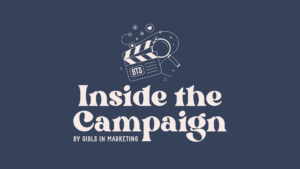Whether you work in a business to business (B2B) or business to customer (B2C) role, finding the right strategies to capture the attention of an audience can be a challenging task.
In Hubspot’s 2023 State of Marketing Report, 22% of surveyed marketers reported that their biggest obstacle on social media was creating content that’s engaging whilst 21% said they struggle to reach their target audience.
With developing technologies, emerging trends, new businesses, and shifting preferences, what a consumer wants and needs continues to change and evolve.
For any marketer, this means being inventive and not afraid to try new marketing strategies.
That being said, marketing to businesses is different from marketing to individual consumers as there are often more factors to consider (e.g. budget, team size, longer buying cycle).
A recent report by Hokodo, found that 71% of B2B buyers make more than half of their purchases online.
It’s clear that for businesses in the B2B space it’s more important than ever to focus on online and digital marketing.
In this post we’re going to look at some of the best B2B marketing strategies and tactics to implement if you want to increase brand awareness and drive sales in 2024.
Don’t be afraid to use emotion
A great B2B marketing strategy combines logic and emotion, to display your brand’s value and form an emotional connection with your audience.
We often hear that we should focus on rational decision making and, whilst this is relevant, you mustn’t forget that B2B buyers are human too.
In fact, a LinkedIn study of B2B marketing leaders found that 69% agreed that B2B purchasing decisions are just as emotionally driven as B2B.
Emotional marketing is incredibly effective at capturing audience attention, engaging with buyers on a deeper level, and driving sales over a period of time.
Leaning into emotion can allow an audience to develop an emotional connection because you’re humanising your brand.
You can incorporate emotion into your marketing by creating content that reassures your audience, empathises with their problems, and ignites their confidence in your product.
Leverage personalisation
There’s so much power in personalisation.
It’s a trend to watch out for in 2024 and is used by businesses like Spotify, Nike, and Coca Cola.
In 2023, research by McKinsey & Company showed that creating personalised experiences has the ability to improve consumer loyalty and drive sales.
Why? Because personalisation makes consumers feel valued, understood, and want to relive a positive experience with a business.
As personalisation has grown in popularity and proven effective for many businesses, it’s something consumers have come to expect.
If you haven’t already, it may be time to think about how you can embrace personalisation in your business and marketing strategy.
You can do so by creating dynamic content like:
- Creating pop-ups which appear on different website pages
- Have unique offers based on team size, location, or referral
- Alternating advertisements based on where consumers have came from
- Using dynamic tags in your email marketing and lead nurturing
Remember, you’ll never be able to cater to everyone but you can do your best.
Utilise UGC and case studies
If you’re active online, you more than likely consume user-generated content (UGC) on a regular basis.
TINT’s recent report discovered that 48% of marketers believe that UGC can help humanise their marketing whilst 42% said it’s a vital part of their strategy.
It’s a good tactic for businesses that want to increase their engagement, become more discoverable, and build trust with consumers.
As a business or marketer, you need to assure your audience (and potential consumers) that your product or service is worth it and that’s where UGC comes in.
It’s easy to associate UGC with B2C, but it’s a valuable tactic for B2B too and can look like:
- Client testimonials
- Videos (e.g. interviews with clients sharing their experience, content showcasing your product or service)
- Client reviews
- Images featuring your product or service
In addition to UGC, case studies are a good way to showcase your product or service and demonstrate how it can benefit a business.
To expand reach and visibility, you can share a case study on social media and have it on your website. They can also be included in pitch decks to show prospective clients how your product or service has helped other businesses.
Want to use UGC and case studies in your B2B marketing strategy, but don’t know where to start?
Module 3 of our member exclusive course, Accelerate Your Content Marketing Success, is all about creating content that engages and converts your audience.
Look at it this way, if a family member or friend tells you that a product is disappointing you’re probably not going to buy it – 40% of consumers rely on recommendations from those close to them when looking for new businesses or products to buy from.
Level up your content marketing
According to a report by the Content Marketing Institute, 73% of B2B marketers use content marketing as part of their overall strategy.
Common forms of content marketing include blogging, email marketing, and infographics.
Whilst this type of content can be worthwhile, there’s no harm in adding more tools to your kit. Why not consider:
Video marketing
From short-form video content on TikTok to long-form sit down videos on YouTube, we live in the age of video marketing.
A study conducted by NogenTech found that 91% of marketers were using video content in 2023. Video content is digestible, highly entertaining, and more memorable for an audience – it can often improve reach and engagement.
From product demonstration and customer testimonials, to an interview with your founder and behind the scenes footage, the possibilities are endless with video marketing.
Podcasting
As the popularity of podcasting keeps growing, more businesses are keen to get involved.
A podcast can be a good way to give your audience new and exciting content whilst talking about your business and what it has to offer.
Before jumping in, we’d recommend doing your research. A podcast is a big investment in terms of time and money, so make sure it’s relevant to your business and audience.
Interactive content
If you’d like to enhance audience engagement, why not try making your content interactive.
You can do so by using polls, quizzes, and surveys in your email and social media content.
By doing so you’ll make your audience feel more involved, open up a two way conversation, and gain valuable insight that you can use to inform your content and / or strategy.
Invest in analytics and data
The way a strategy performs will look different for every business.
The best way to identify if a strategy or campaign works for you is by measuring it.
There are an array of tools you can use to track the success of your strategy and campaign, these may depend on the channels and platforms you use. For example, social media platforms like TikTok and LinkedIn have in-app analytics you can use to better understand your audience and how your content performs.
In this competitive landscape, every business should be regularly checking and evaluating their strategy to ensure it’s as successful as can be.
Before you begin to put any strategy into place it’s critical that you take time to understand the B2B buyer journey.
Due to a number of factors, like higher price point and sign-off process, the B2B sales cycle tends to be longer. As a result of this, you need to nurture your audience and develop a relationship with them.






